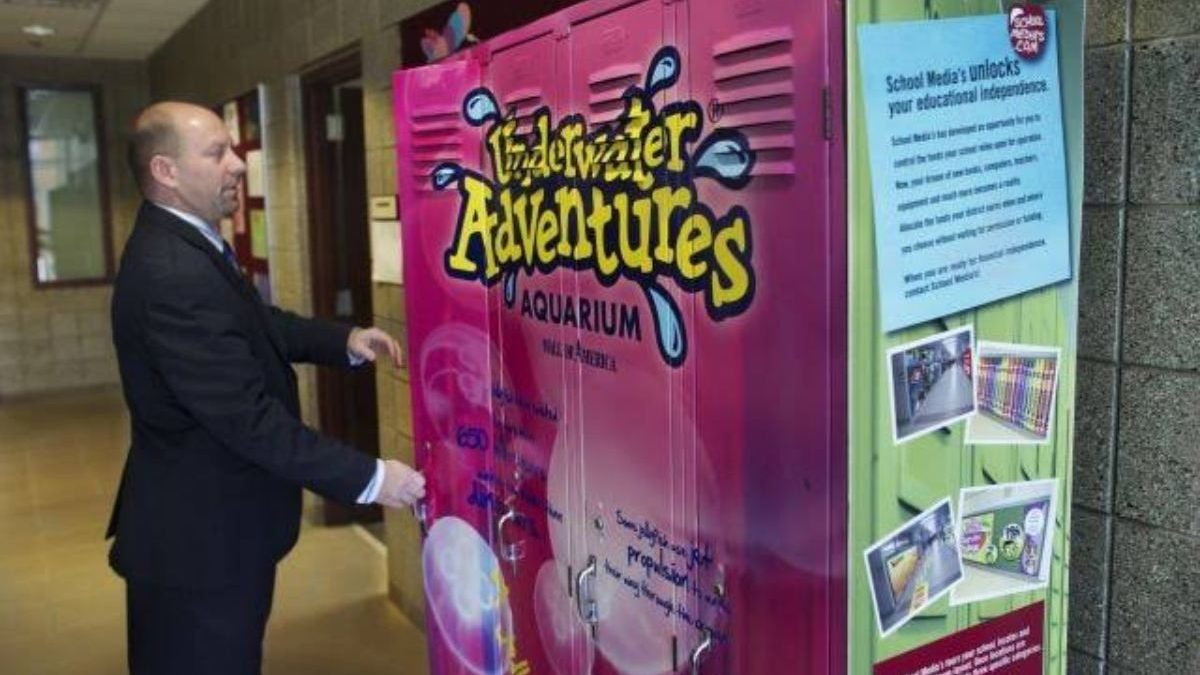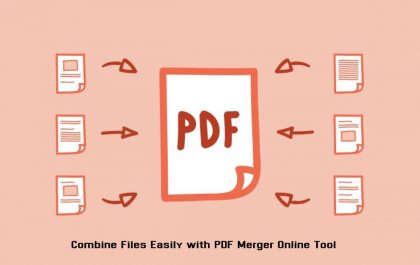As the name suggests, captive advertising is a type of marketing that’s become increasingly popular, especially in the digital age. There are several good examples of captive advertising, so let’s look at a few of the most common and discuss their implications in the business world.
Table of Contents
What Is Captive Advertising?
The term “captive advertising” is believed to have first been coined by Jay Conrad Levinson in his 1984 book entitled Guerrilla Marketing. In the book, Levinson described captive advertising as a type of marketing where potential customers are “captured” and then bombarded with promotional messages.
There are a few key things to note about captive advertising.
First, it’s a very direct form of marketing that’s designed to reach a large number of people in a short period of time.
Second, captive advertising is often used in conjunction with other marketing efforts, such as traditional advertising or public relations.
And finally, captive advertising can be very effective, but it can also be perceived as intrusive and even annoying by some people.
Some of the most common examples of captive advertising include:
TV Commercials
These short ads air during shows or between programs. TV commercials are a type of captive advertising because viewers are “captured” and forced to watch the ads whether they want to or not.
Radio Ads
Like TV commercials, radio ads are also a form of captive advertising. Radio ads are played between songs or during talk shows. And, just like TV commercials, radio ads are designed to reach a large number of people in a short period of time.
Pop-Up Ads
Pop-up ads are a form of online advertising that’s become increasingly popular in recent years. These ads appear on websites and often pop up in front of the main content. Pop-up ads are a form of captive advertising because they’re often difficult to close and can be very intrusive.
In-Game Ads
Like pop-up ads, in-game ads are a form of captive advertising that’s becoming more and more popular as the gaming industry continues to grow. In-game ads are displayed on the screen while you’re playing a game.
It’s one of the more obtrusive kinds of captive ads, as you generally can’t continue playing your game until the ad ends.
Gas Station Ads
Ever since Internet connections became mainstream, captive gas station advertising has skyrocketed. With screens now at most modern pumps, consumers are bombarded with various ads while they pump fuel.
While captive advertising can be very effective, it’s important to use this type of marketing sparingly and with caution. If you overdo it, you risk turning off potential customers and damaging your brand’s reputation.
What Are the Implications of Captive Advertising?
Now that we’ve covered what captive advertising actually is, it’s time to take a look at some of the implications of this type of marketing.
The first implication is that captive advertising can be very effective. This is because, when done correctly, it can reach a large number of people in a short amount of time. Additionally, it can be a very cost-effective way to market to a specific audience.
Another implication of captive advertising is that it can be seen as intrusive. Some people may feel like they are being forced to see or hear the advertisement. Additionally, captive advertising can sometimes be repetitive, which can be seen as both intrusive and annoying.
Lastly, it’s important to note that captive advertising is not right for every business. It can be costly and time-consuming to create effective captive advertising campaigns. Additionally, it’s important to make sure that your target audience is receptive to this type of marketing before moving forward.
If you’re considering using captive advertising to promote your business, it’s important to weigh the pros and cons carefully. This will help you determine if this type of marketing is right for you and your business.
Creating an Effective Captive Ad Campaign
So far, we’ve looked at captive advertising and some common ways it’s used. But how do you create an effective captive ad campaign?
There are a few key points to keep in mind:
- Make sure your ads are relevant to your target audience. Keep in mind that not everyone is interested in the same thing. Your ads should be tailored to the specific interests of the people you wish to reach.
- Keep your ads short and to the point. Attention spans are shorter than ever, so your ads should be concise and easy to understand.
- Use strong visuals. A picture is worth a thousand words, so make sure your ads are eye-catching and visually appealing.
- Use persuasive language. Your ads should be convincing and persuade people to take the desired action.
- Test often. It’s important to test your ads prior to launching them. Test different versions of your ad to see which one is most effective.
By following these tips, you can create an effective captive ad campaign that will help you achieve your desired results.
Conclusion
Are you ready to try captive advertising for your business? It’s a great way to get your message in front of a captive audience, and it can be very effective. Just be sure to use a reputable company that has experience with this type of advertising.
Related posts
Featured Posts
Tips And Tricks for Improving Your Website’s Ranking
SEO is increasingly becoming important in the digital marketing arena. With SEO, it’s possible to get more leads, optimize sales,…
Combine Files Easily with PDF Merger Online Tool
Are you having a hard time managing your PDF files? Have you wished for an easier way to manage PDF…




Review What Is Captive Advertising and How Does It Work?.